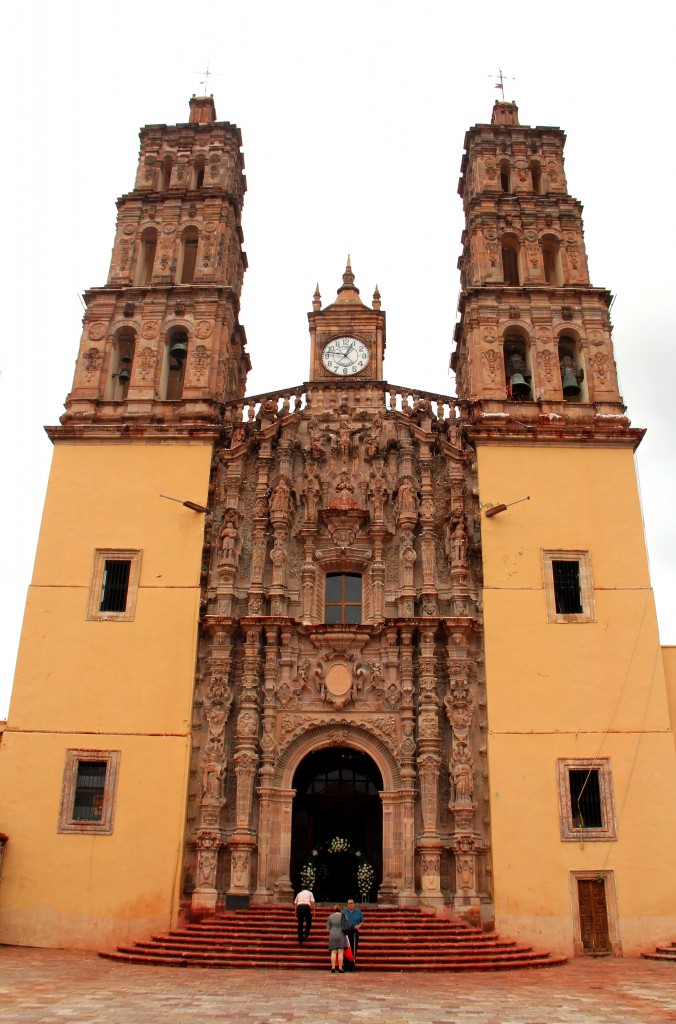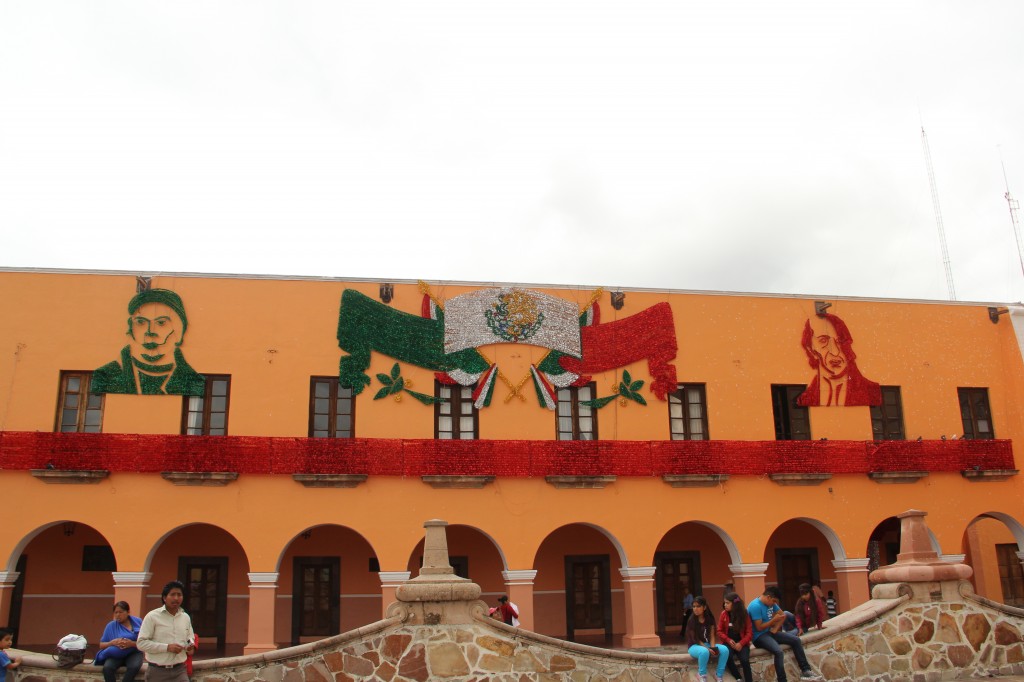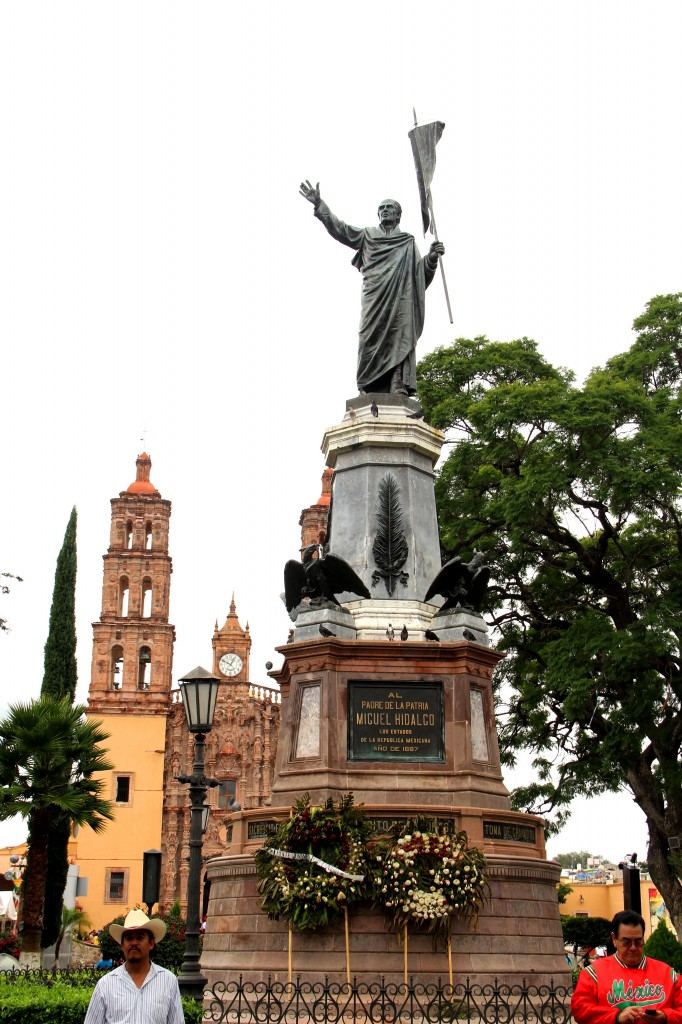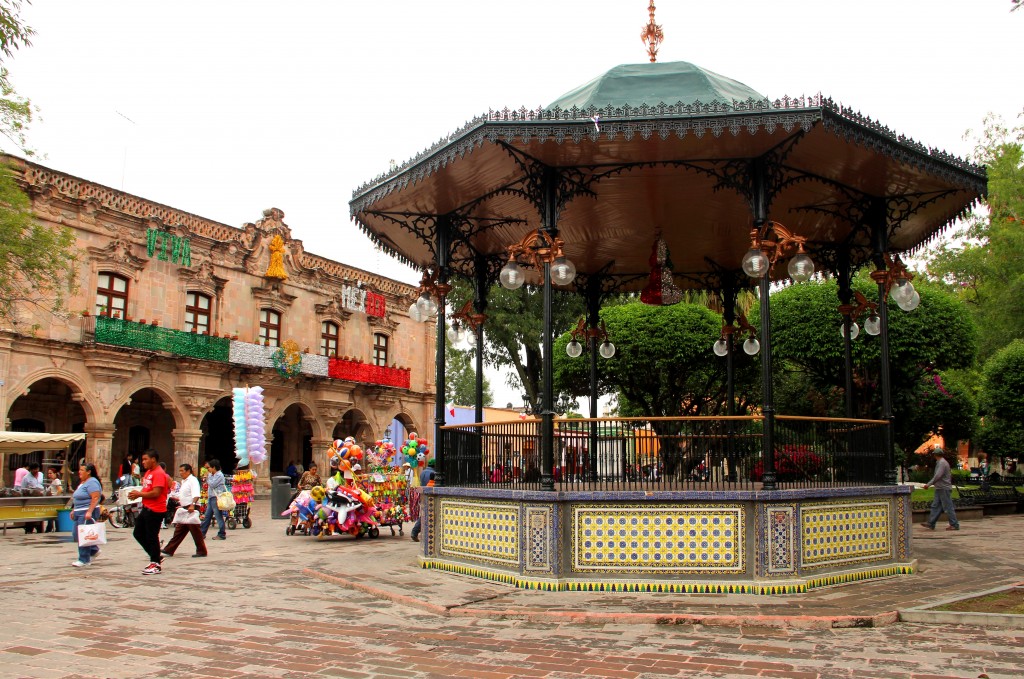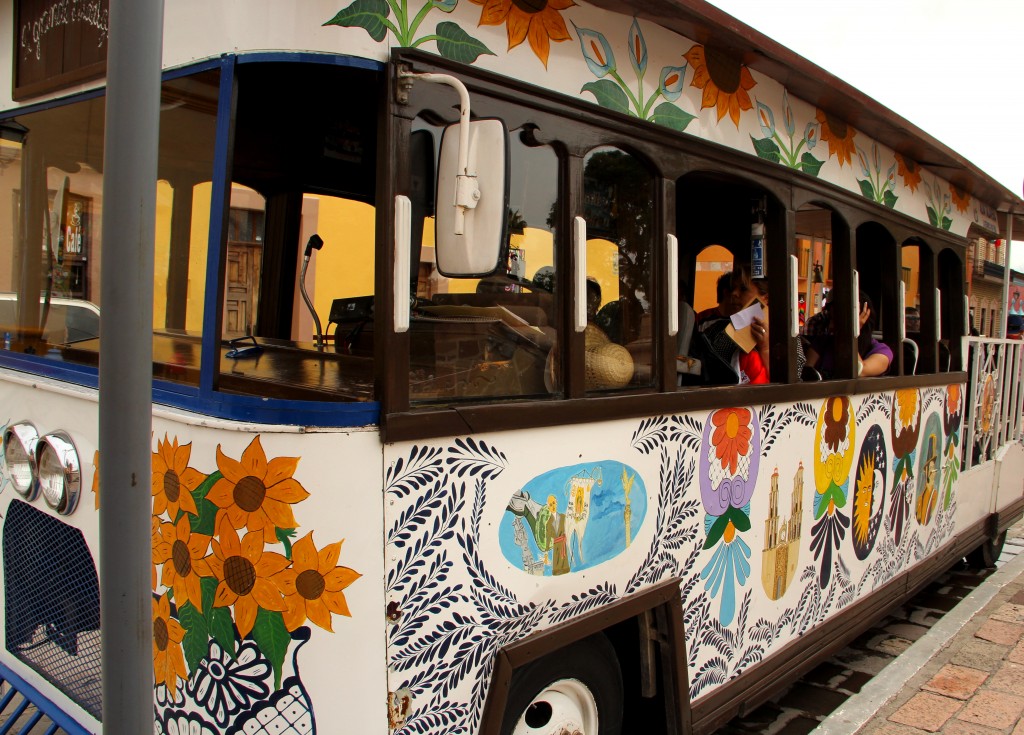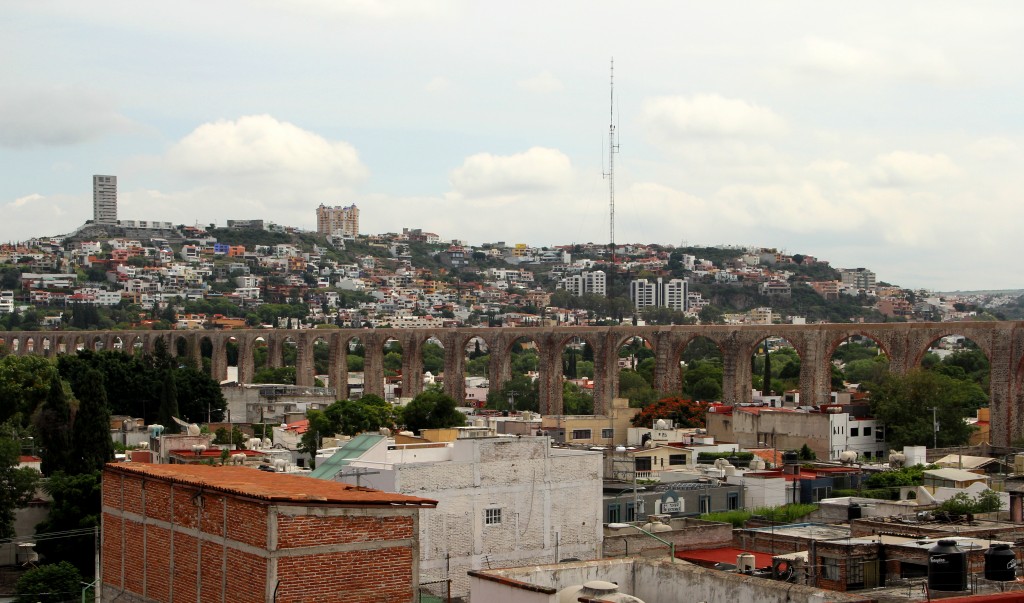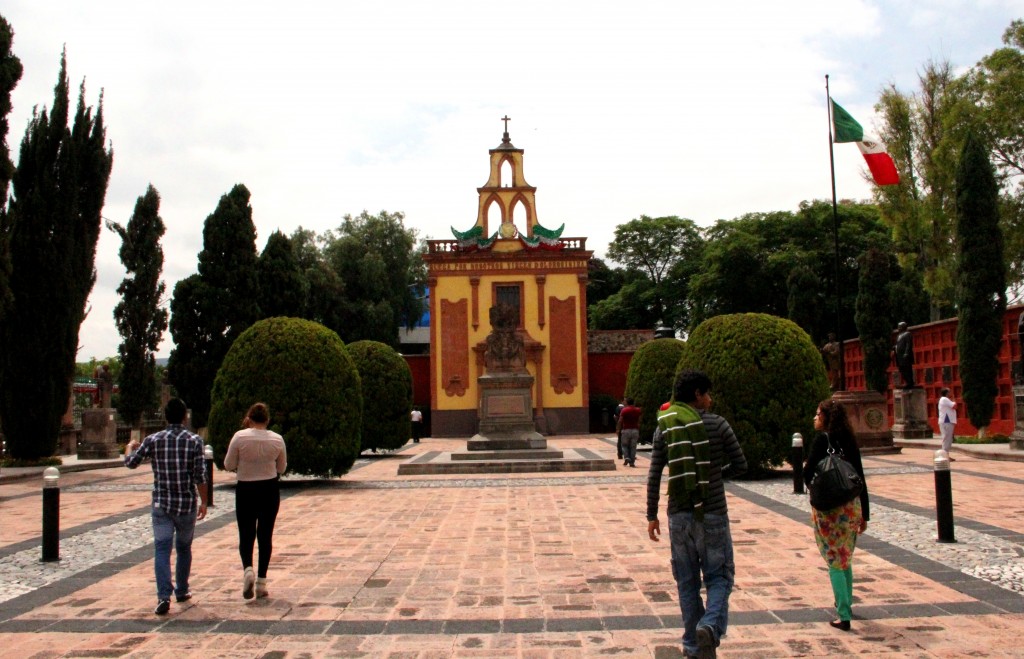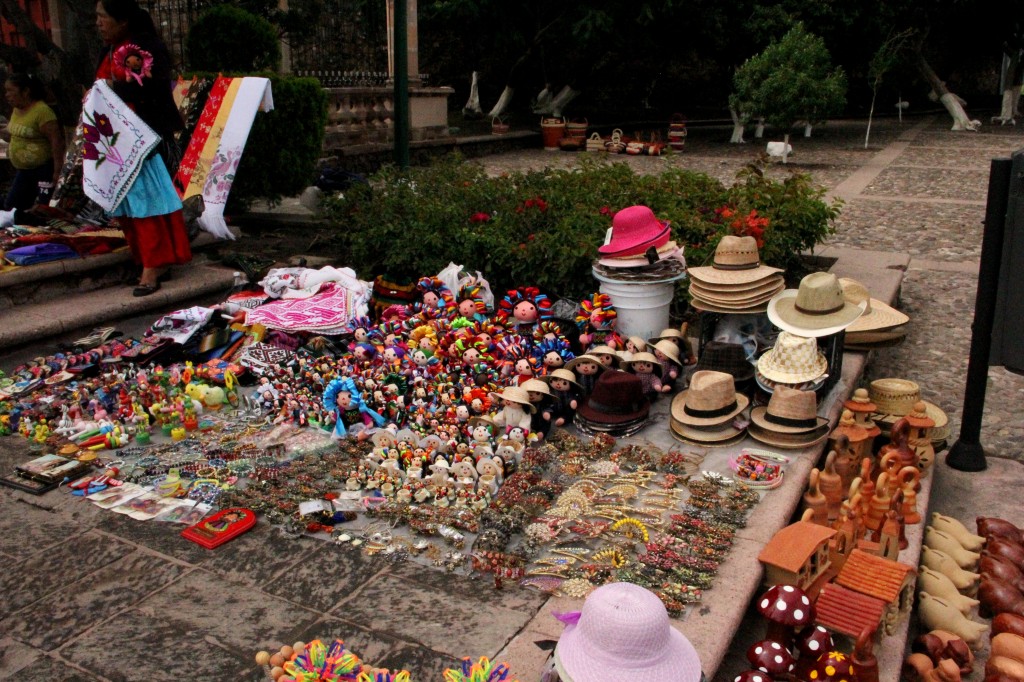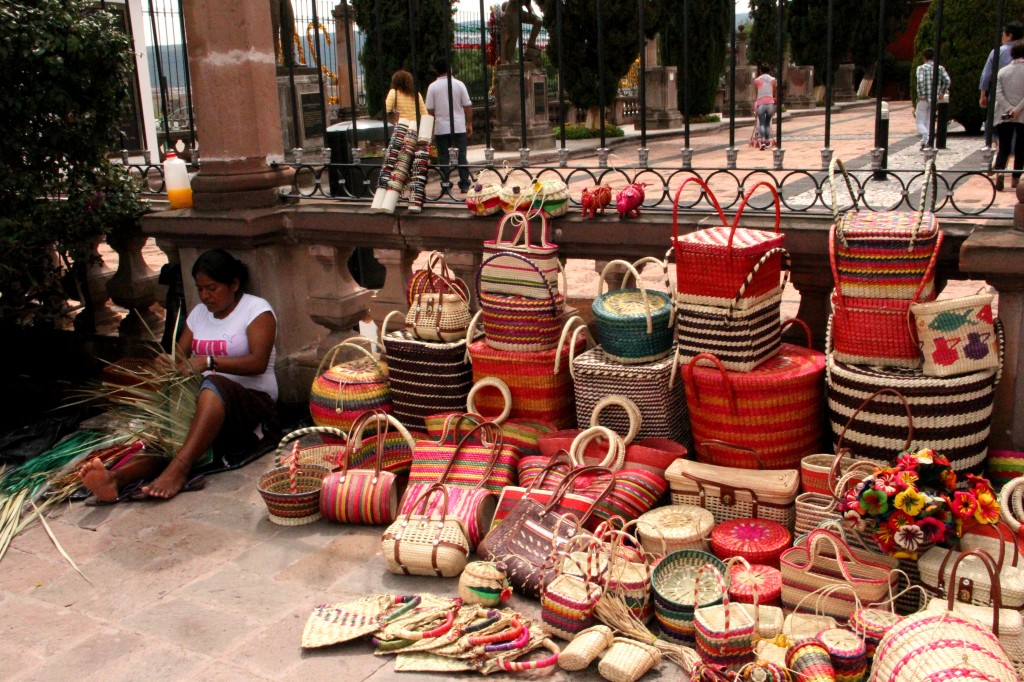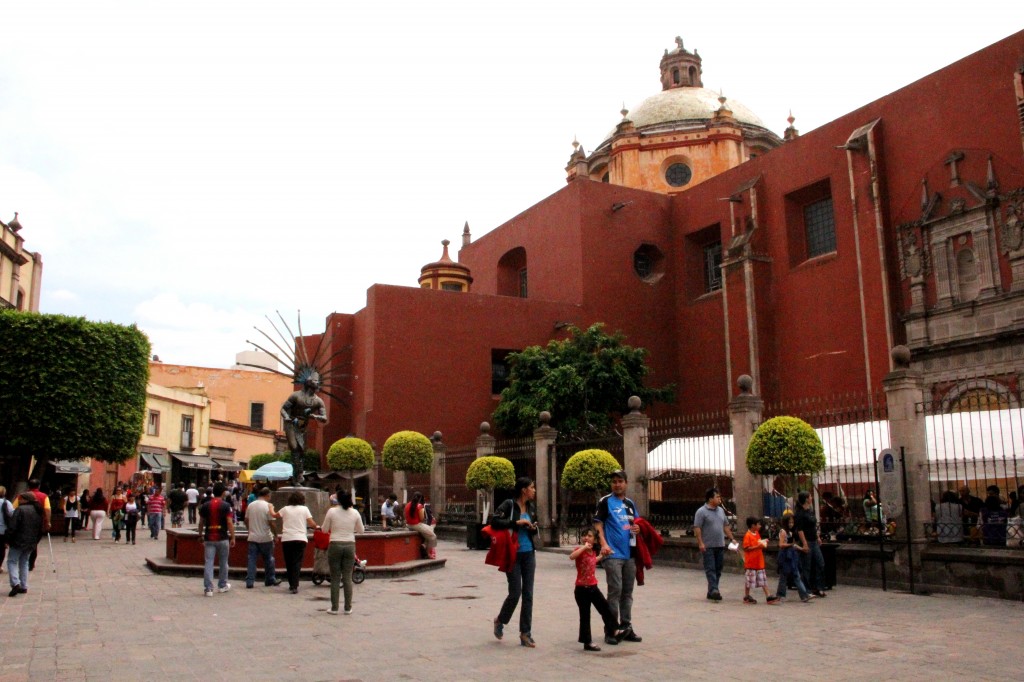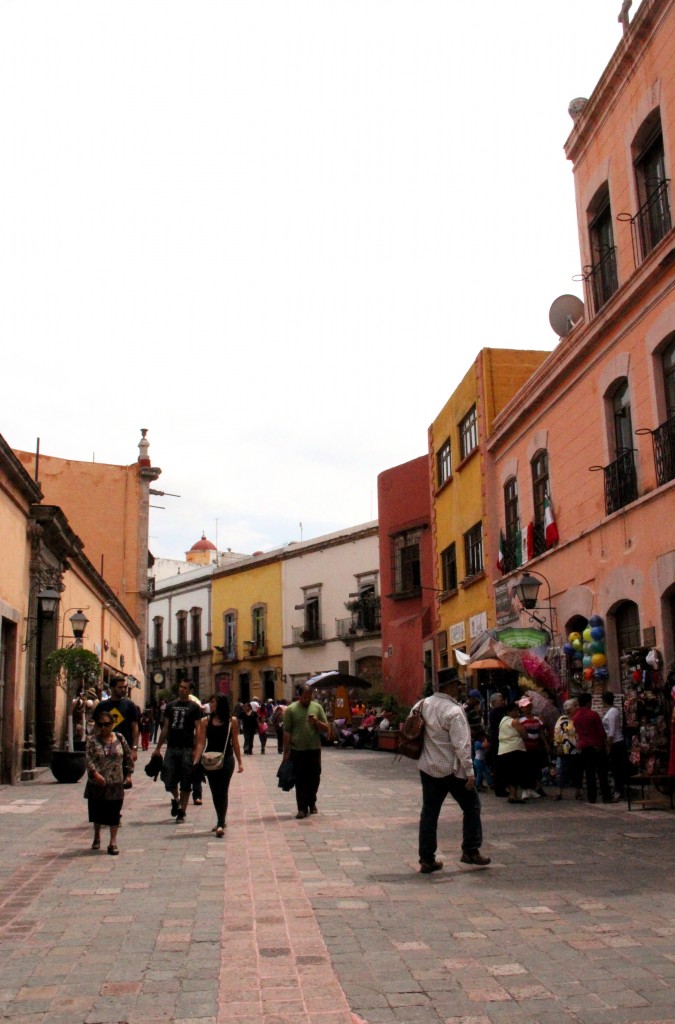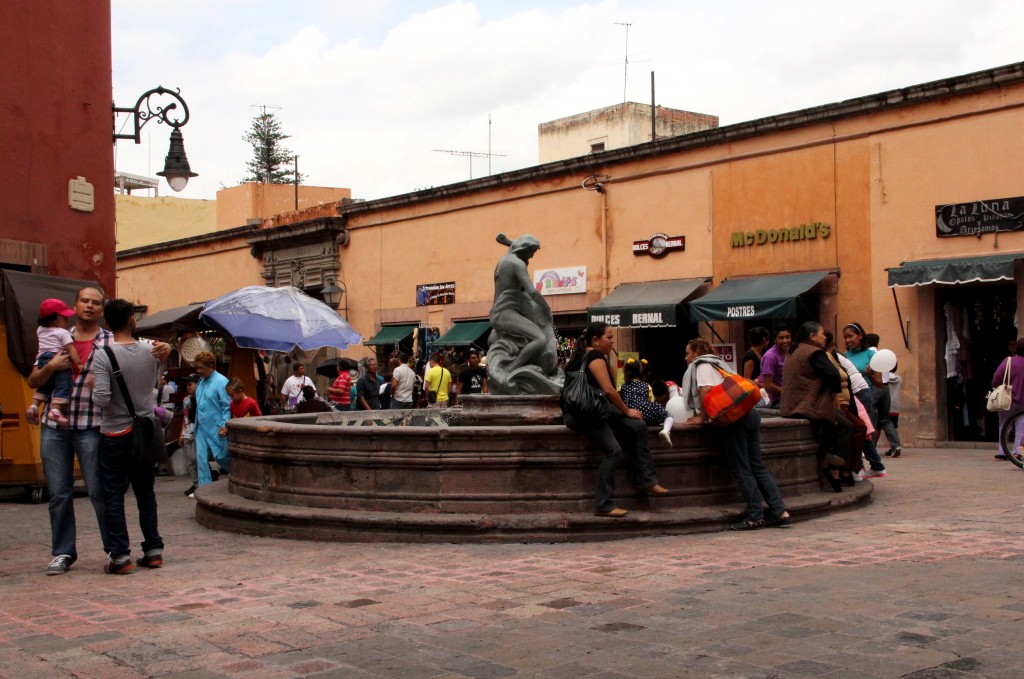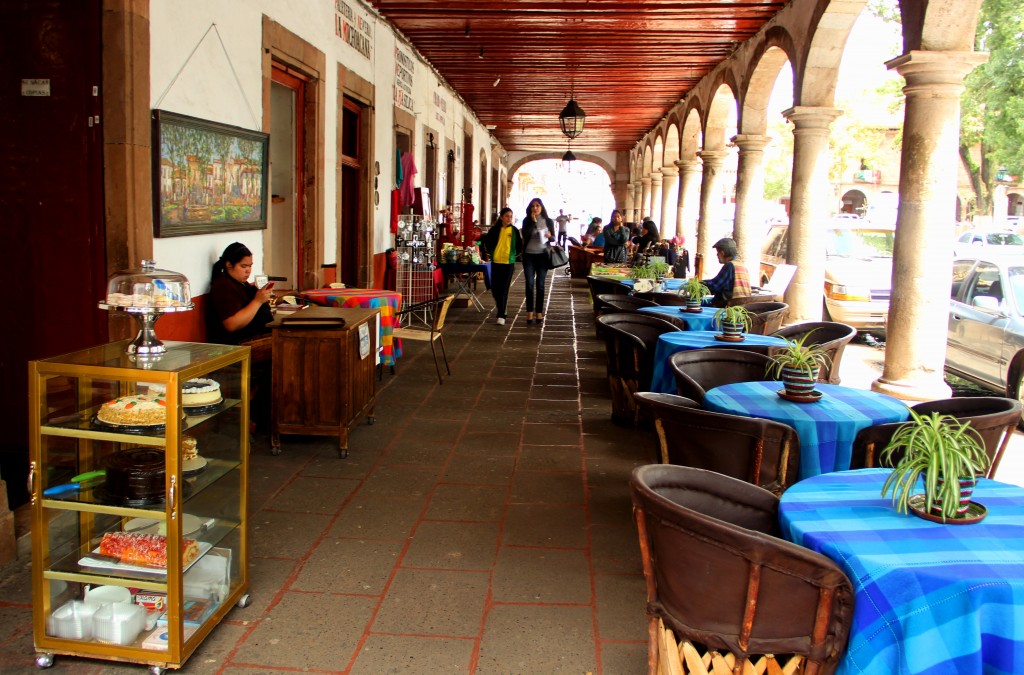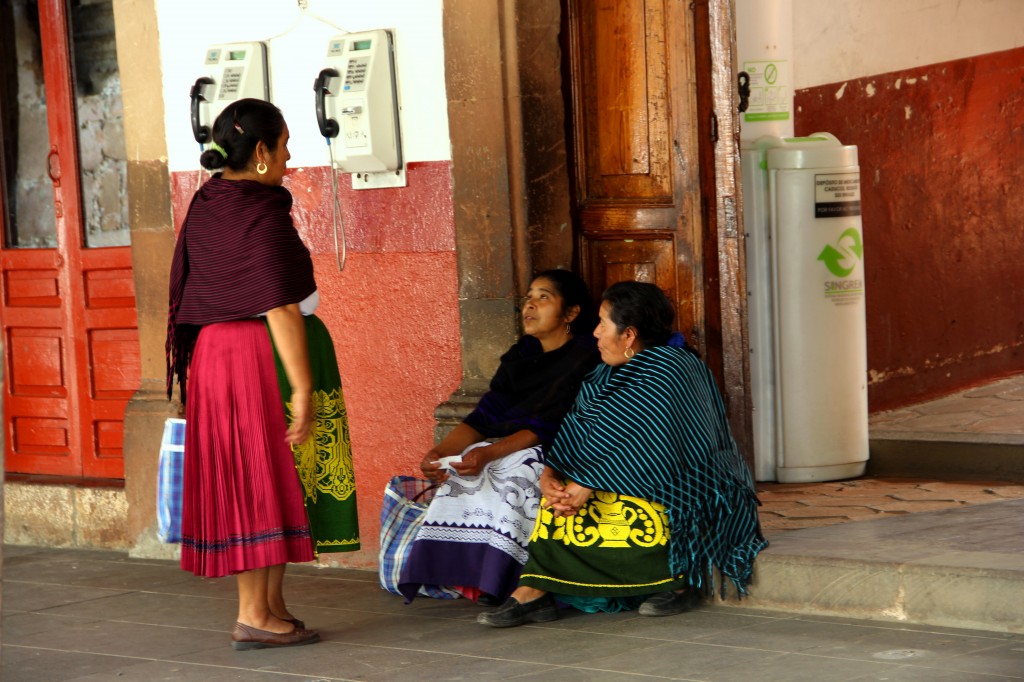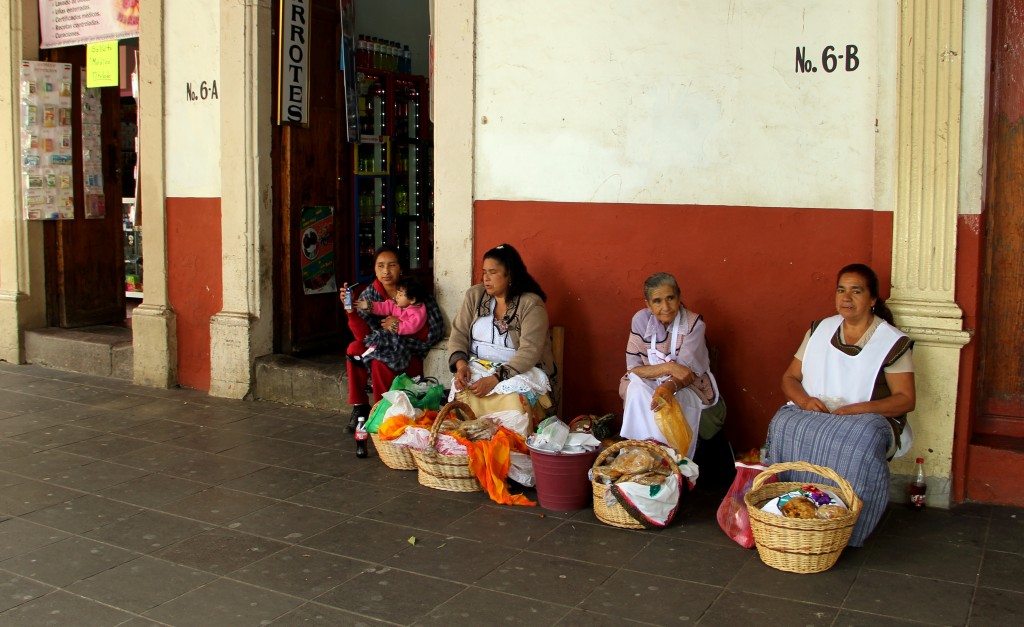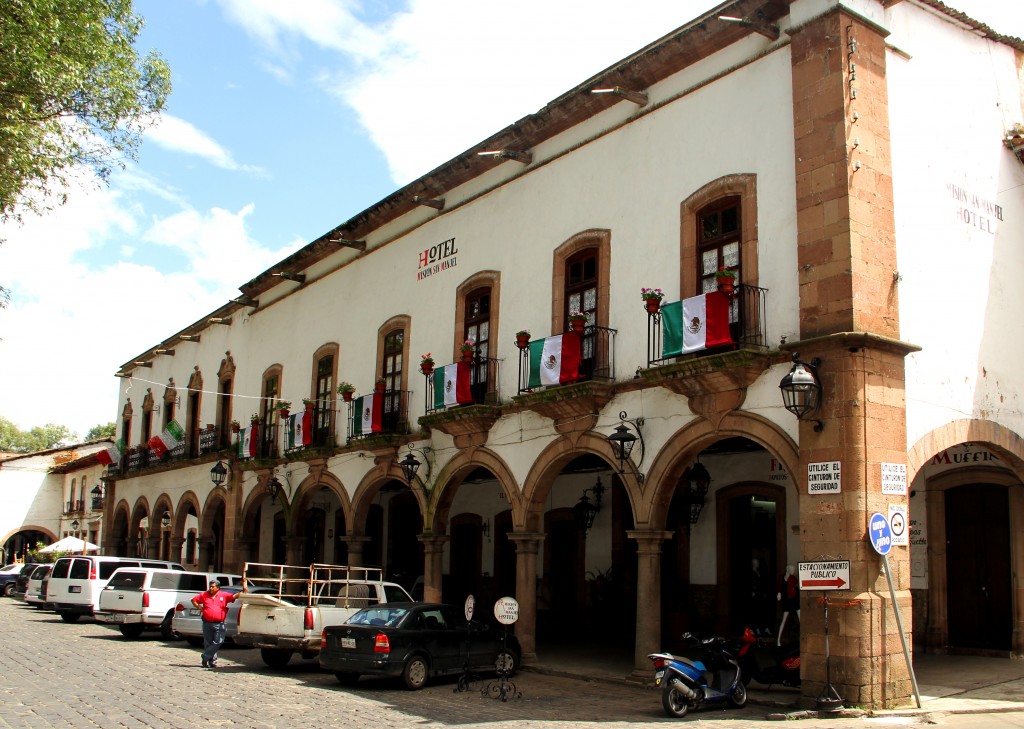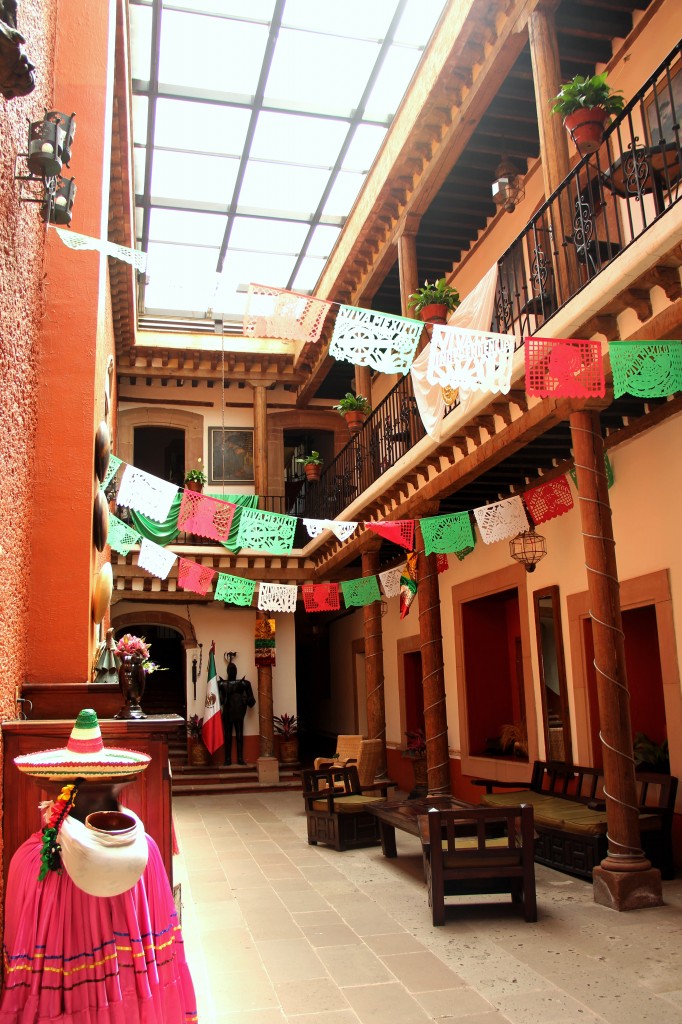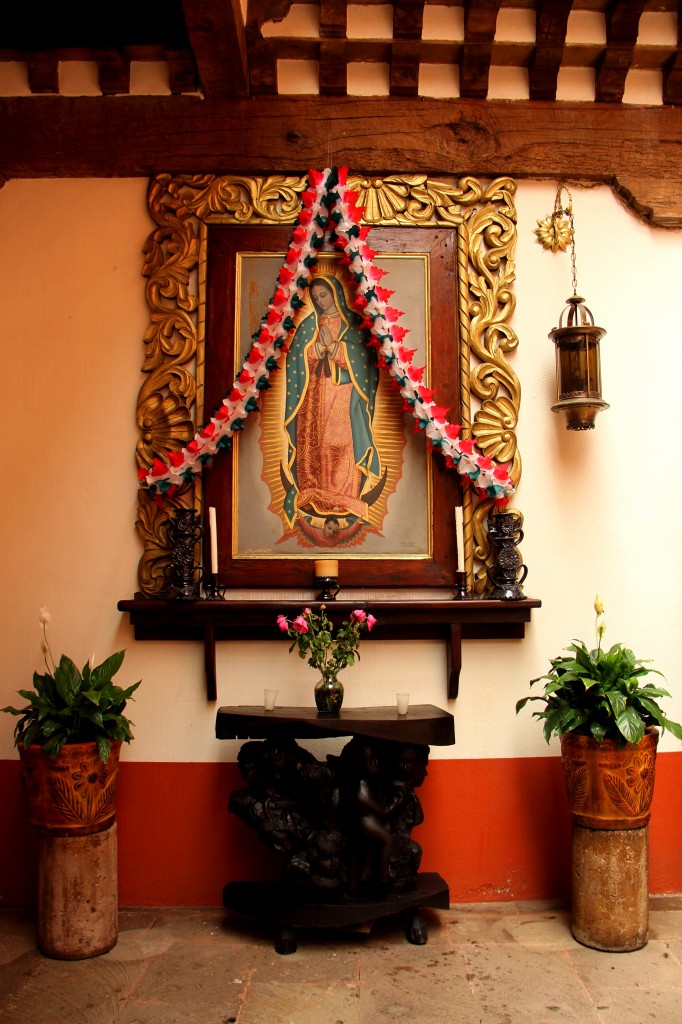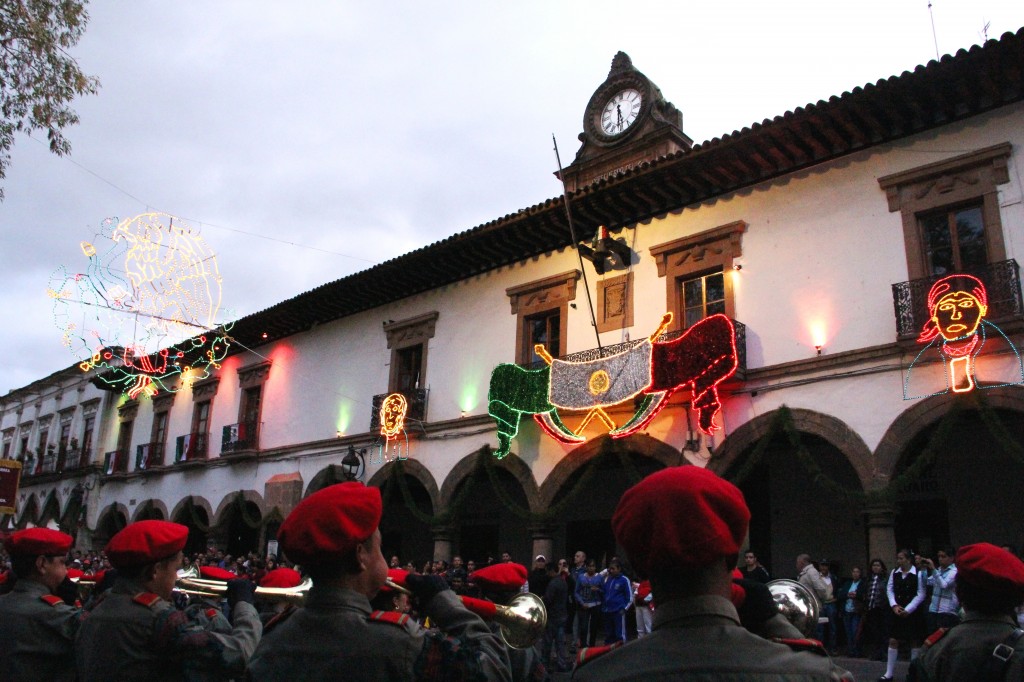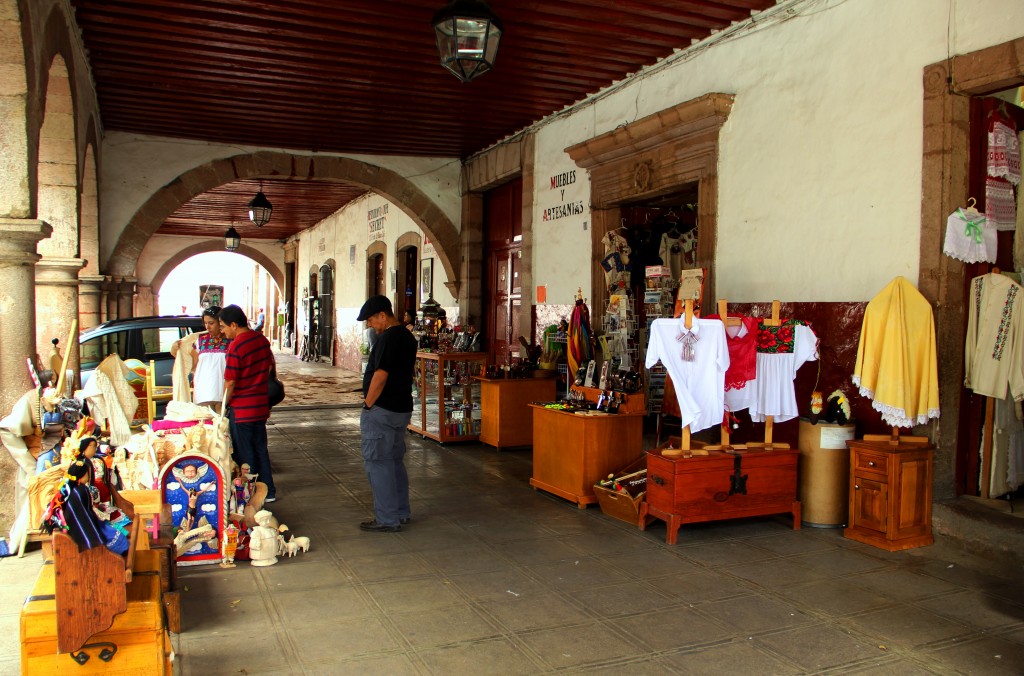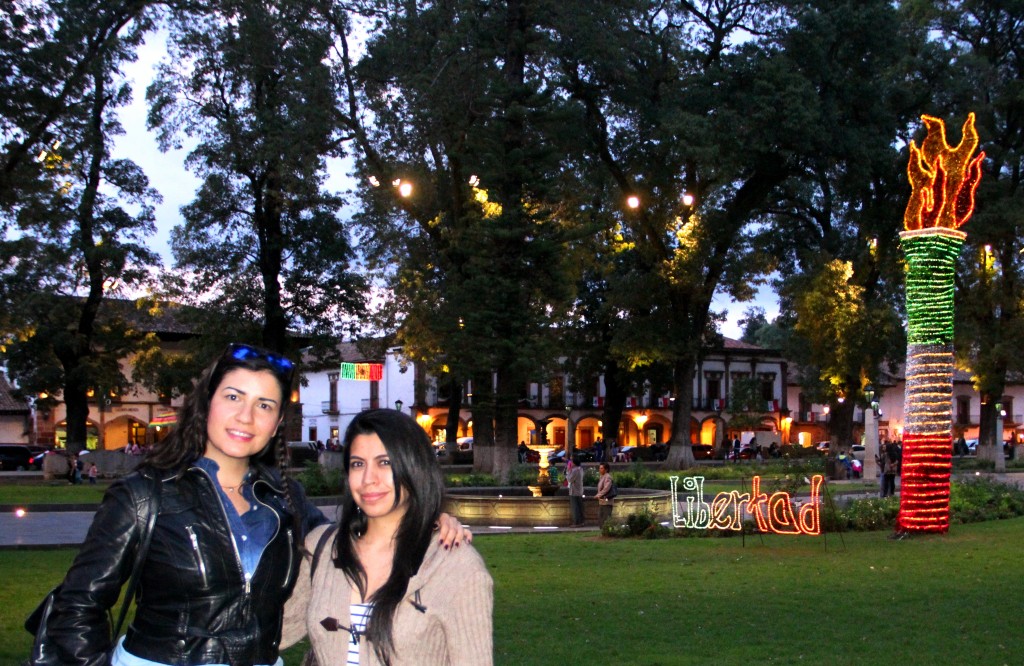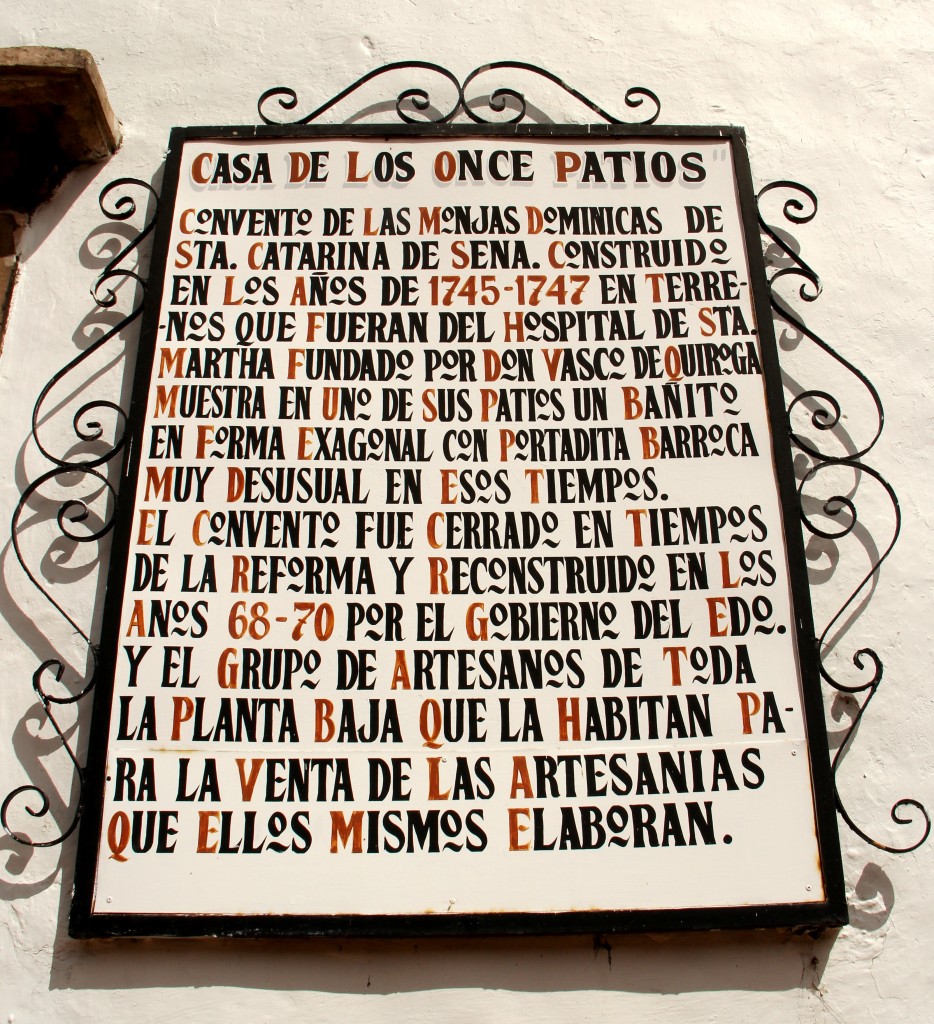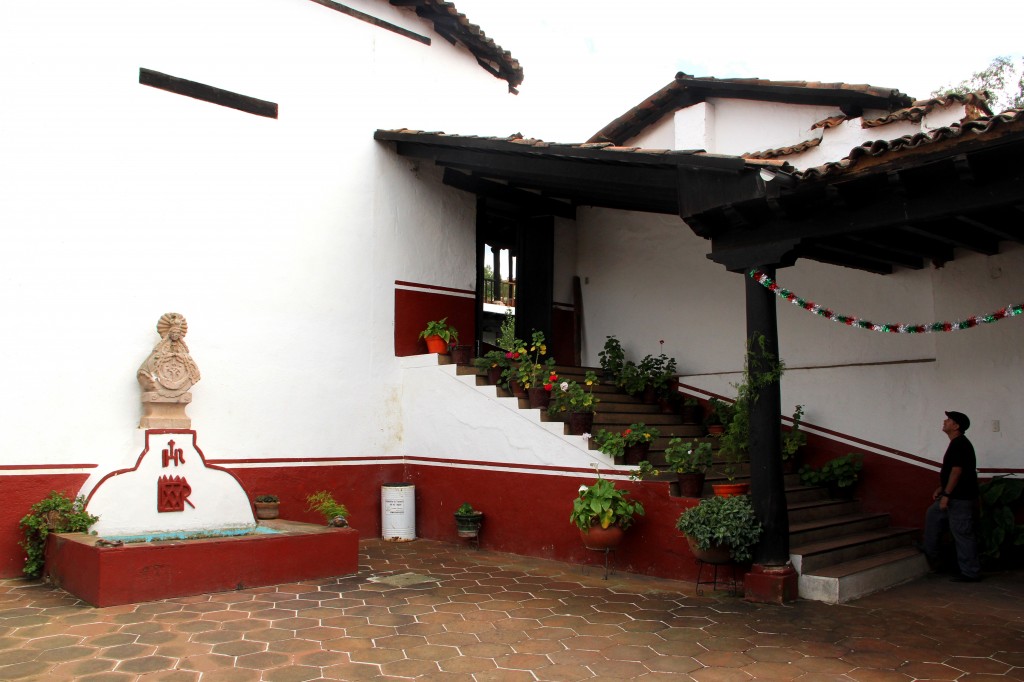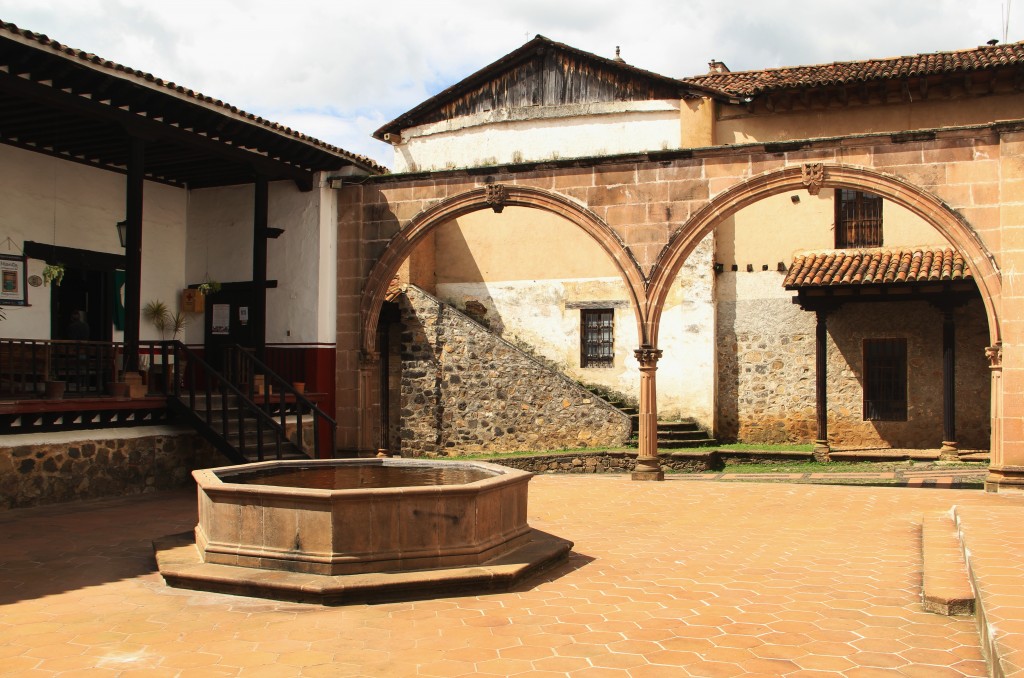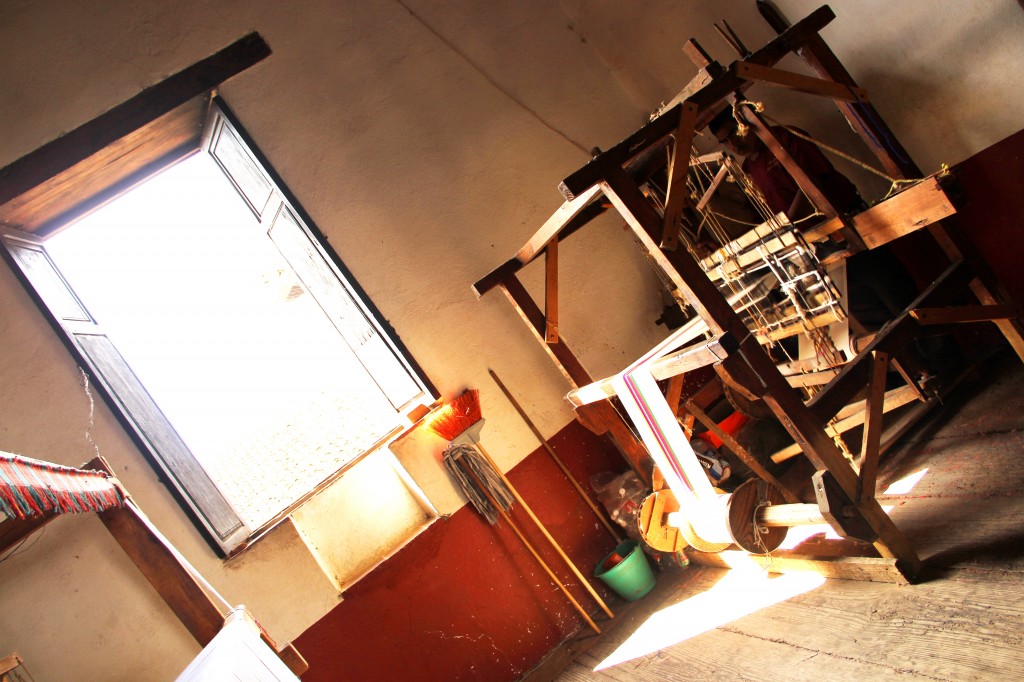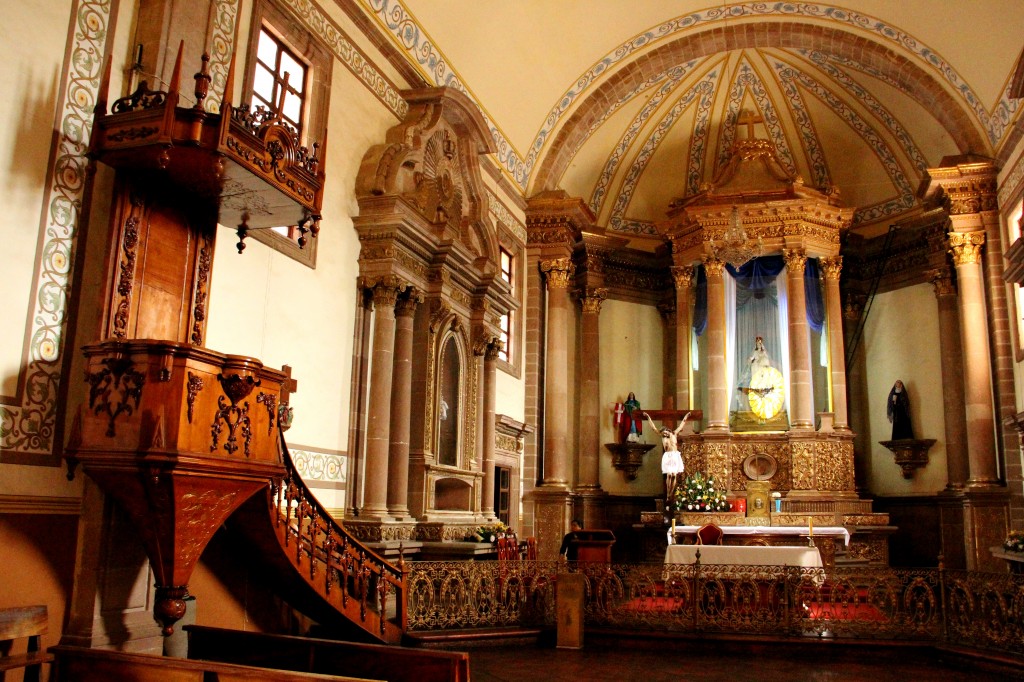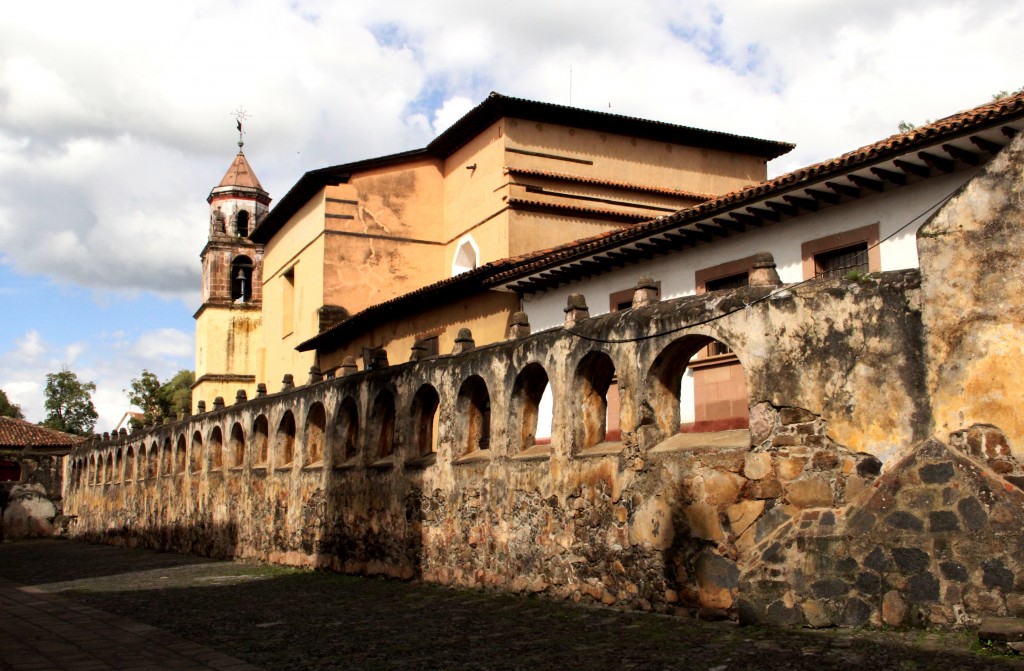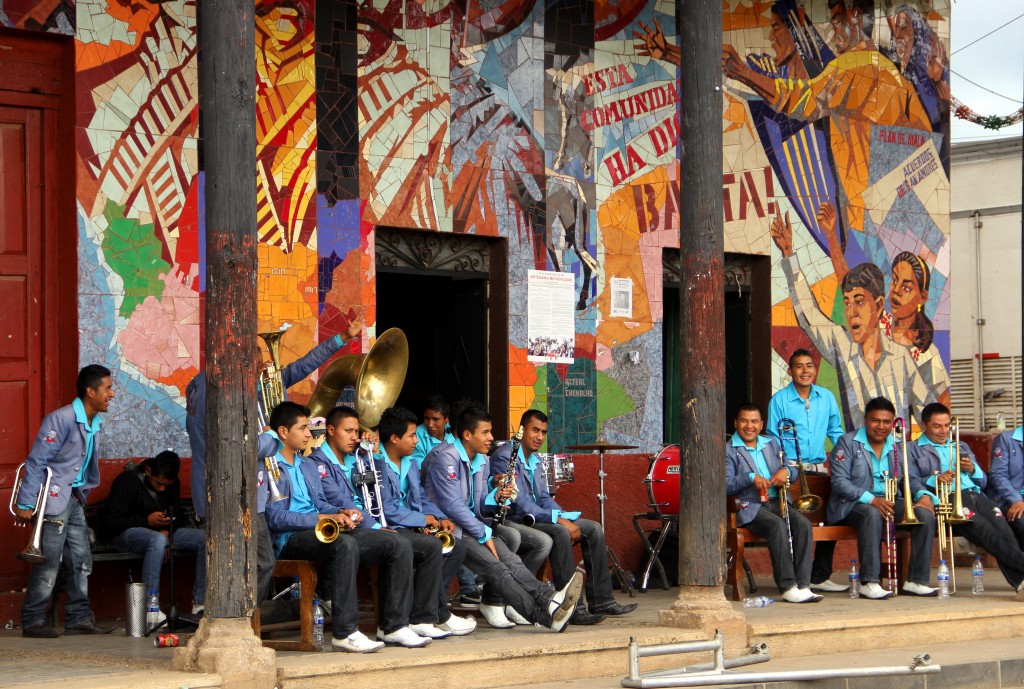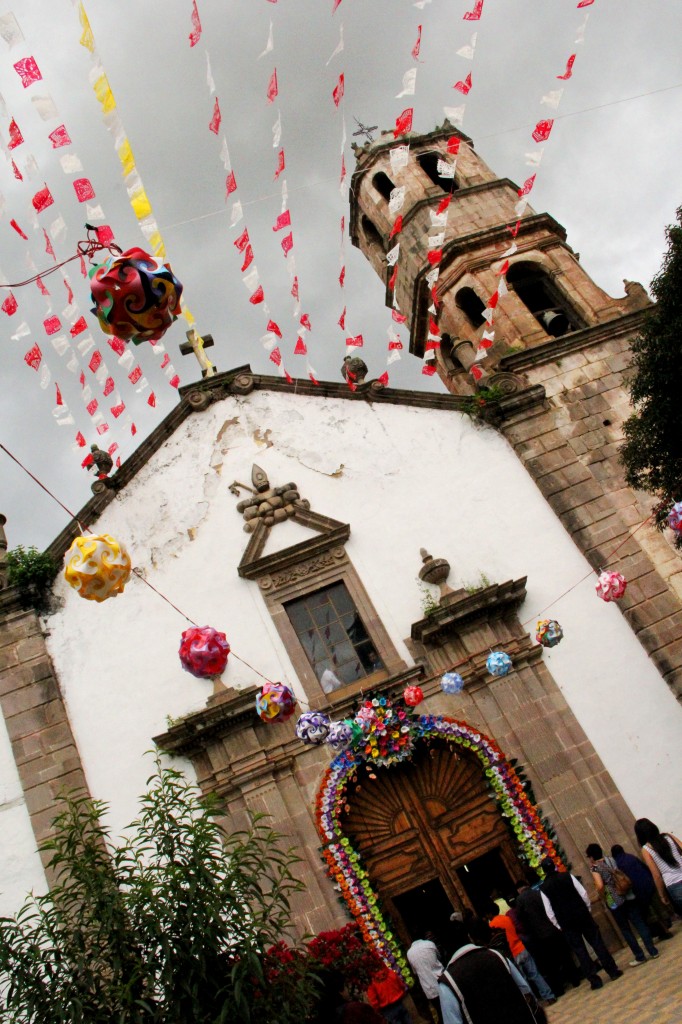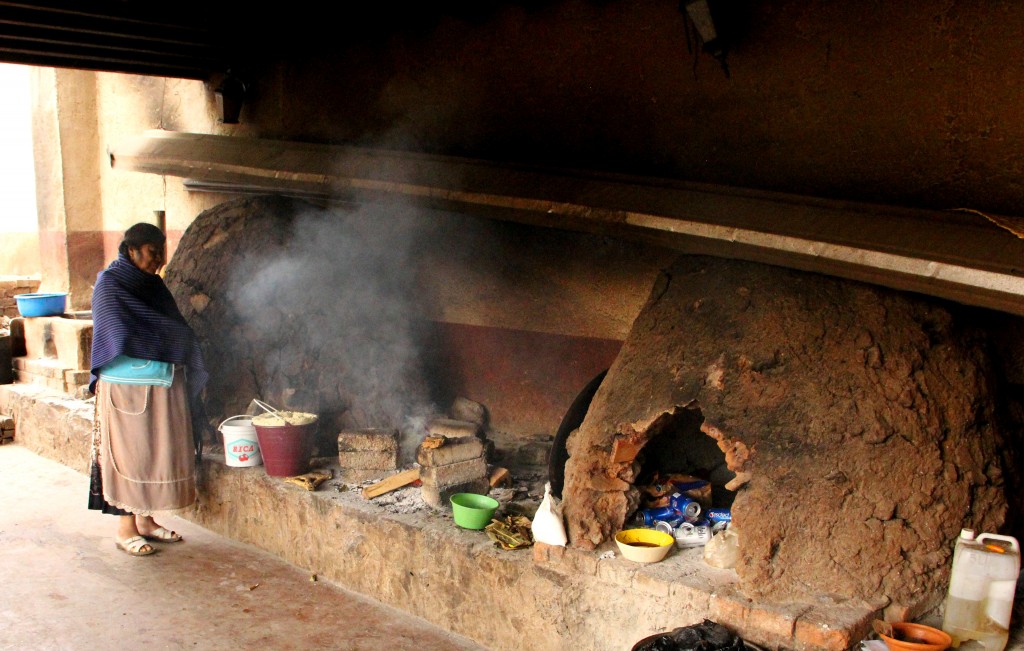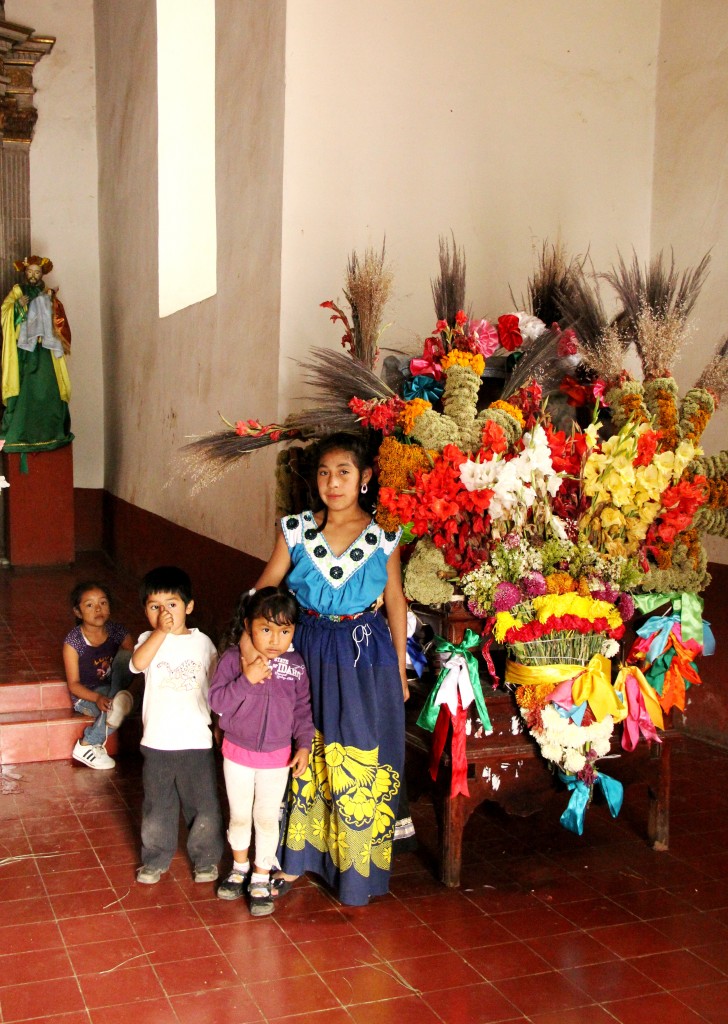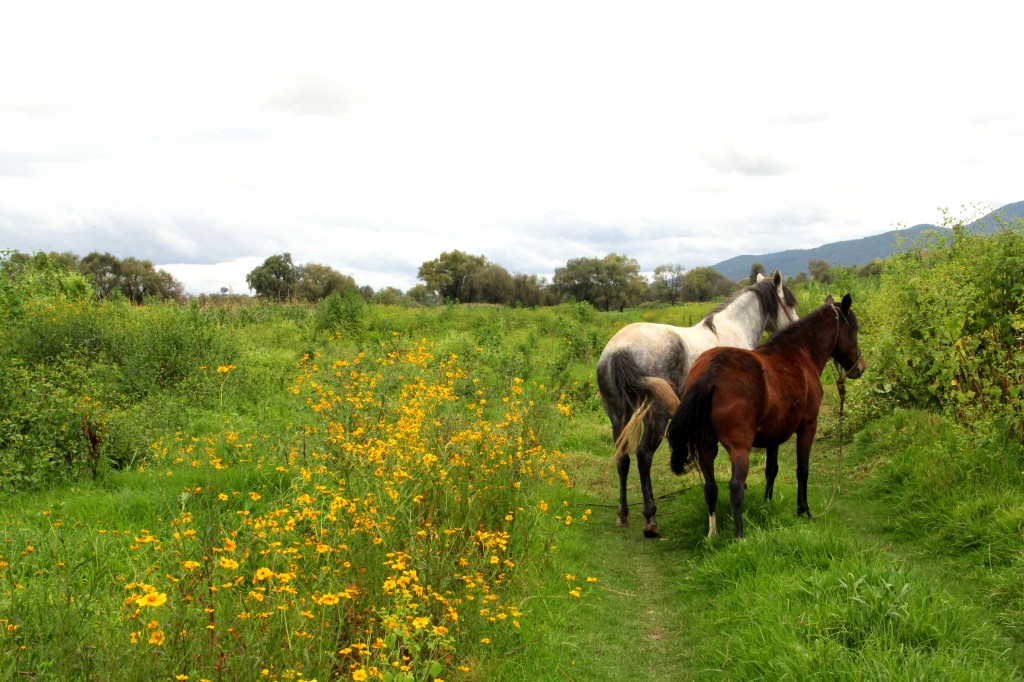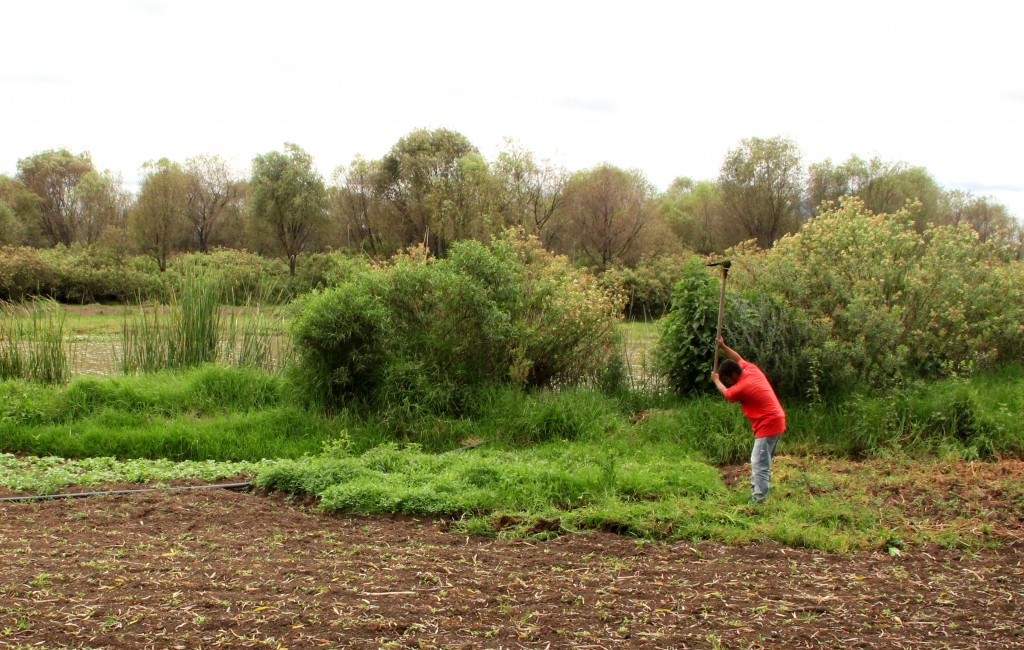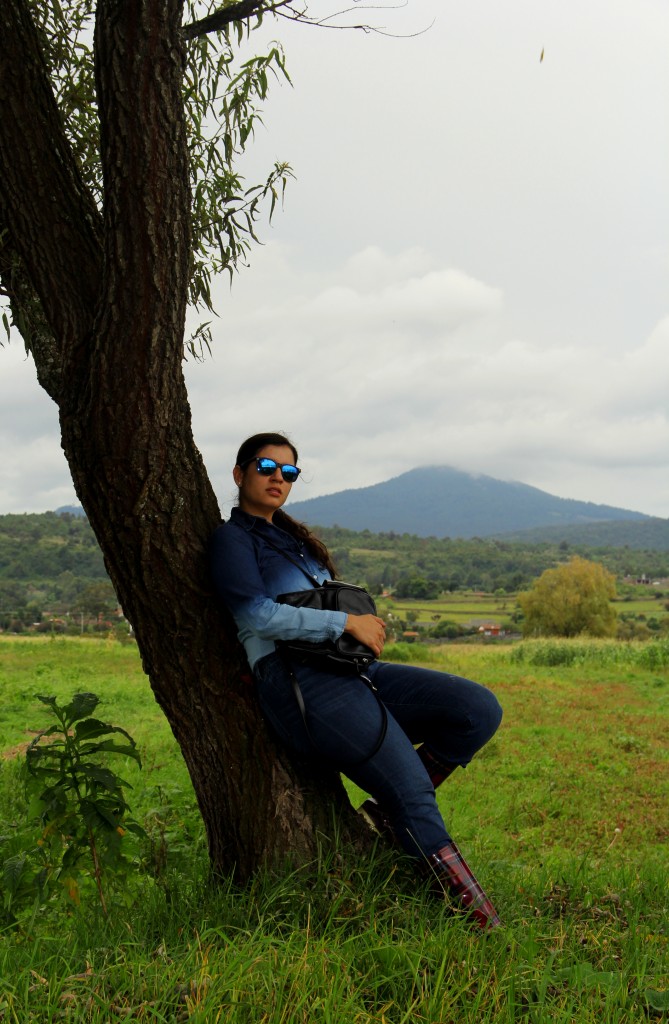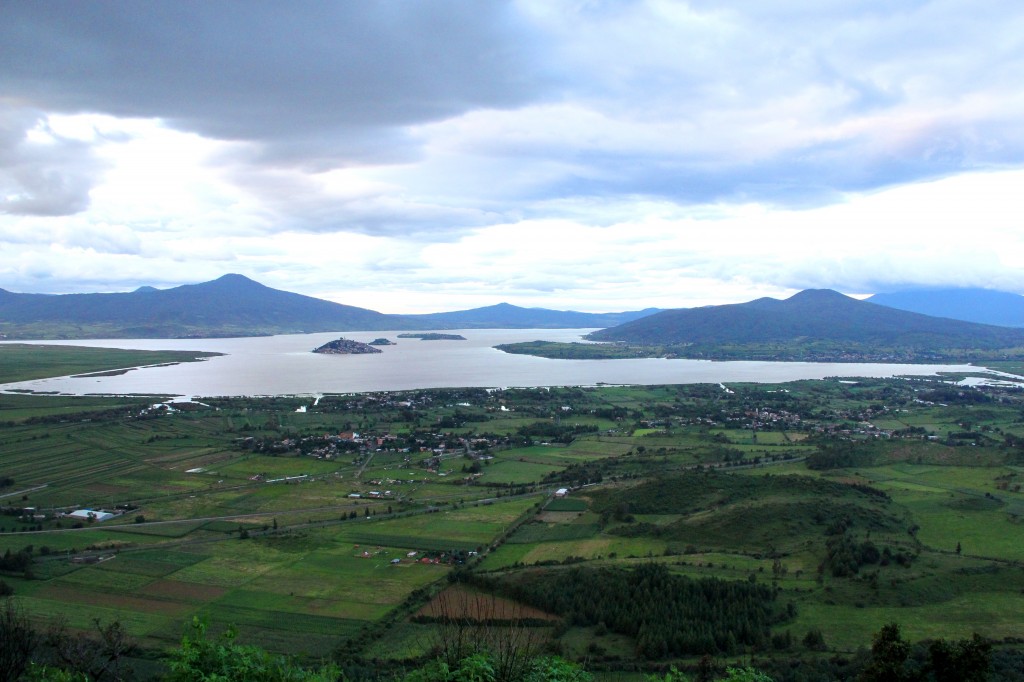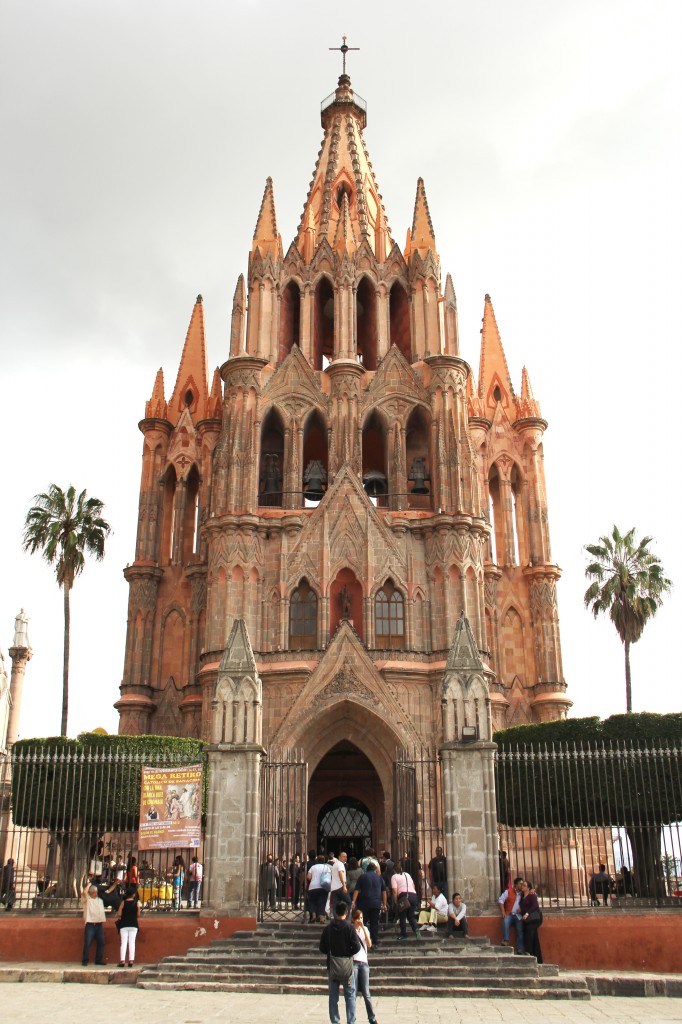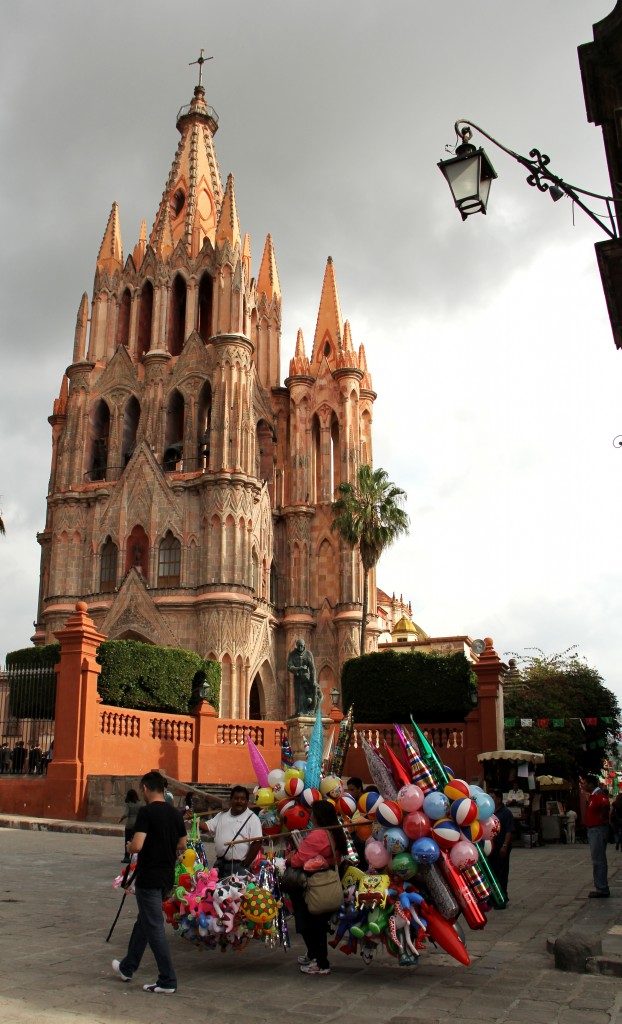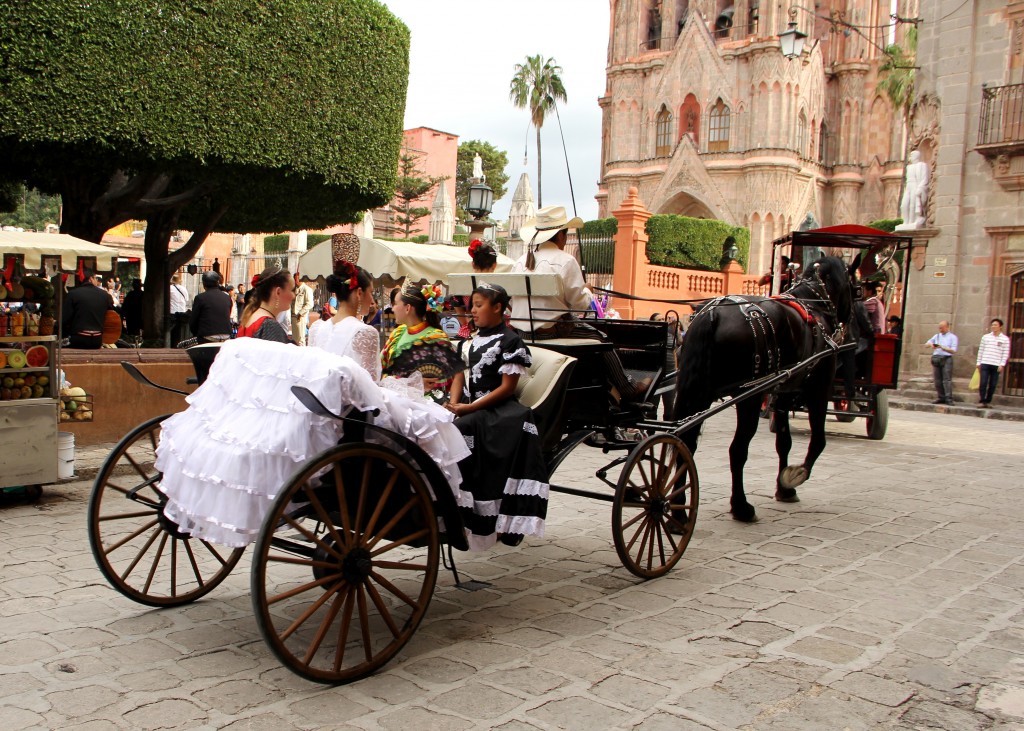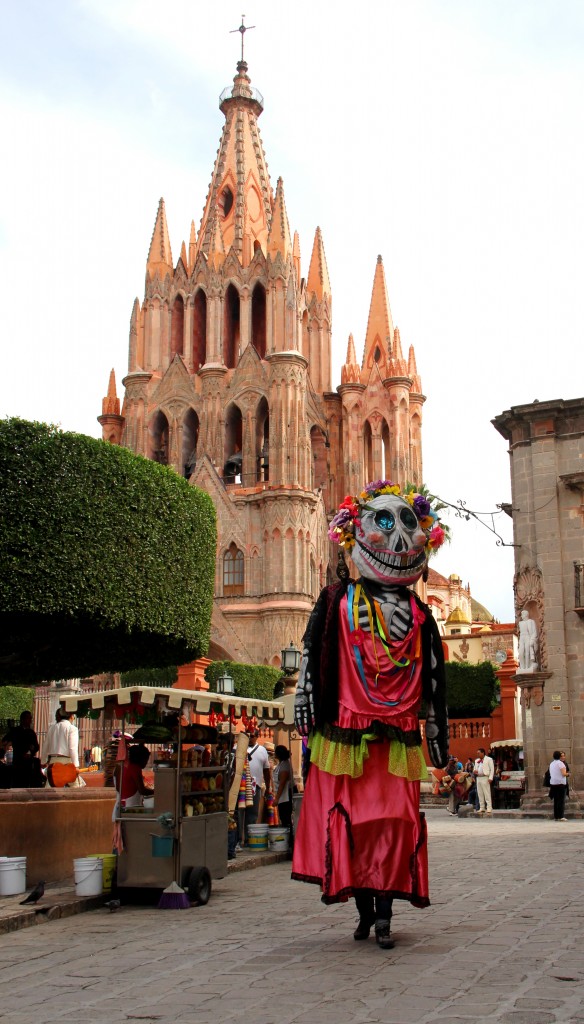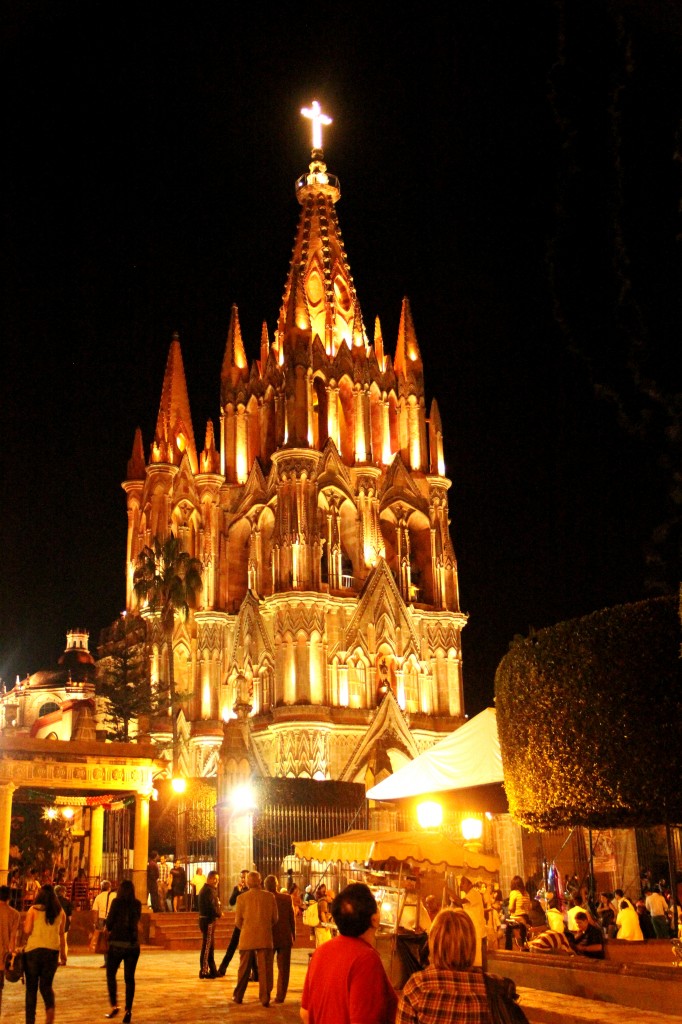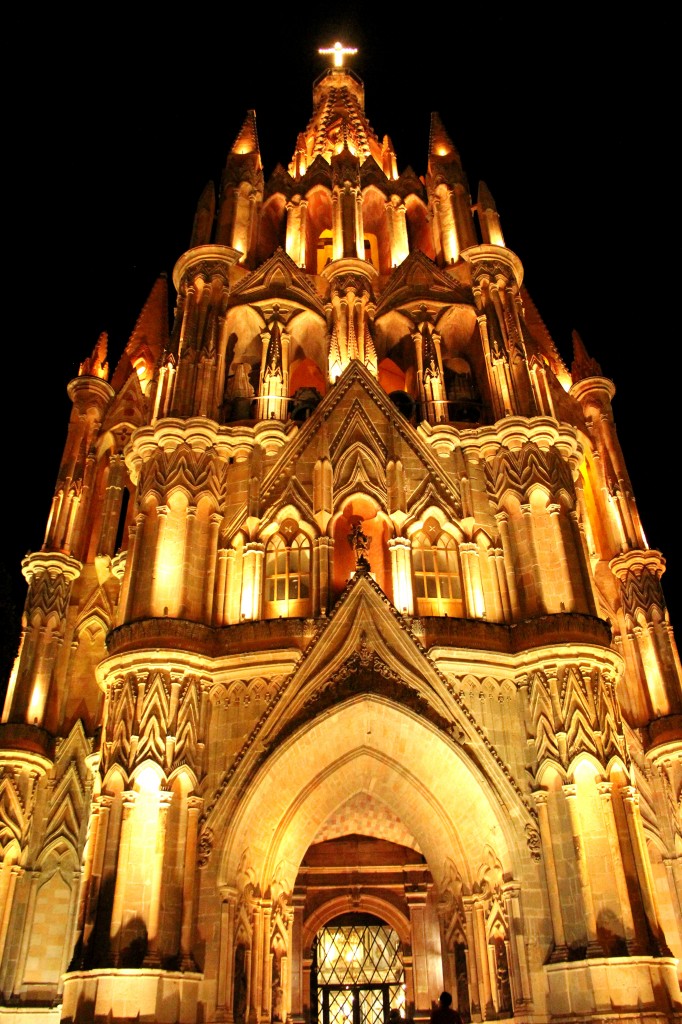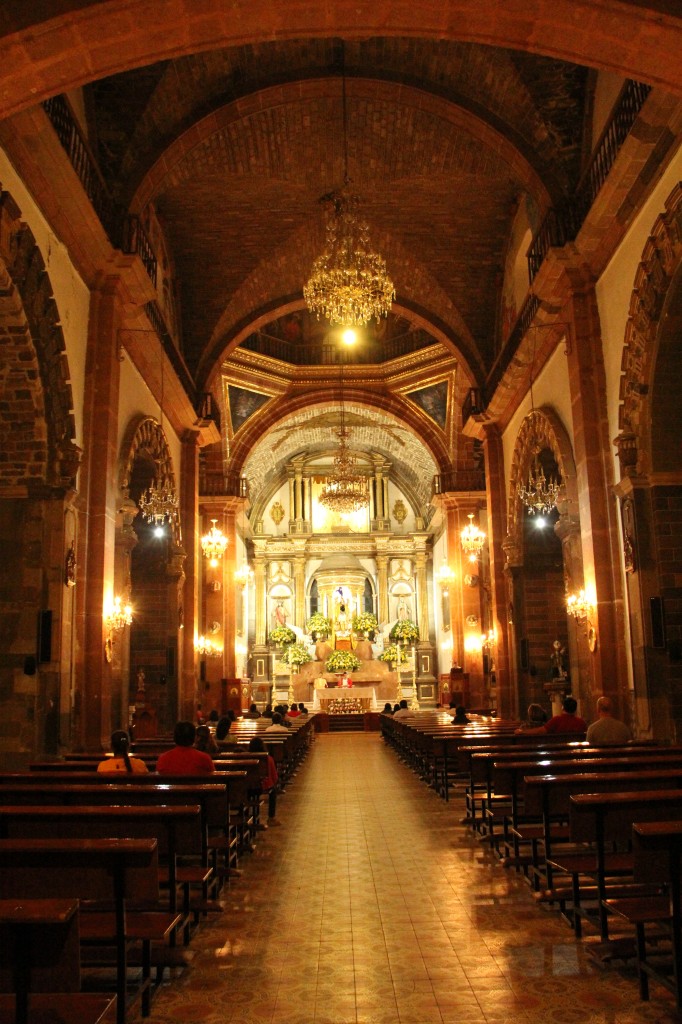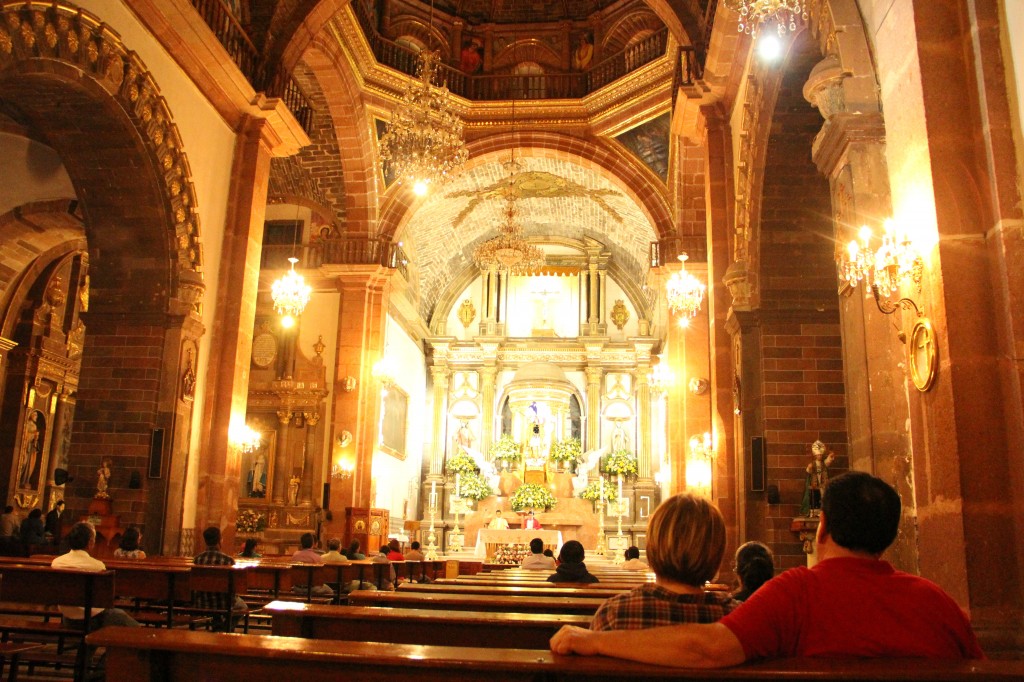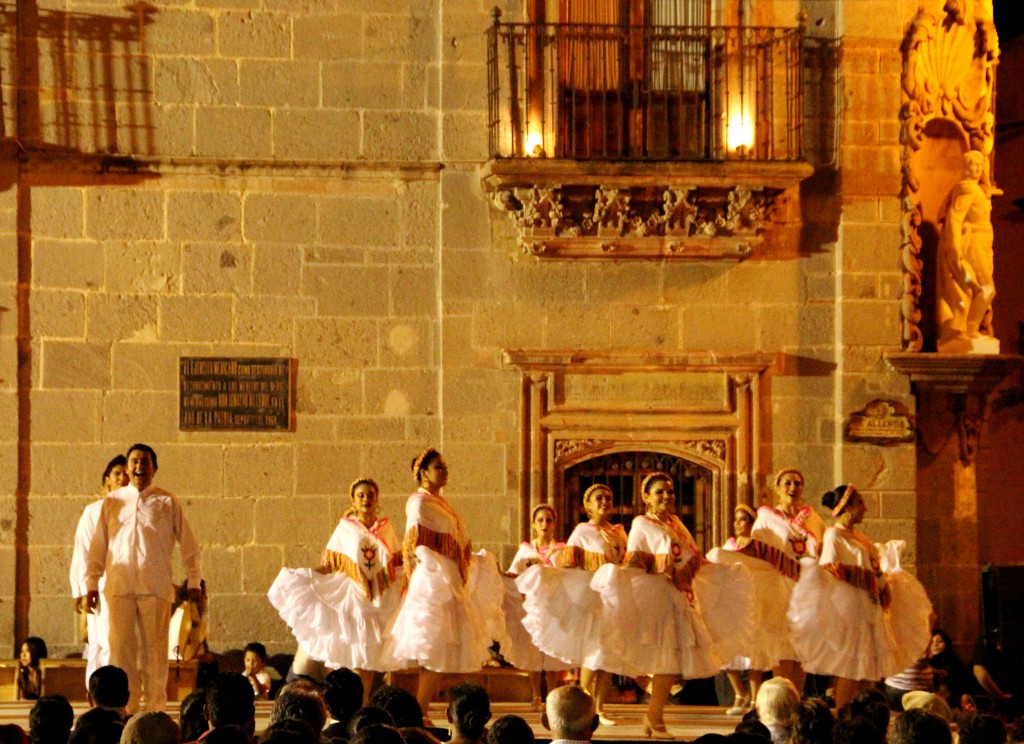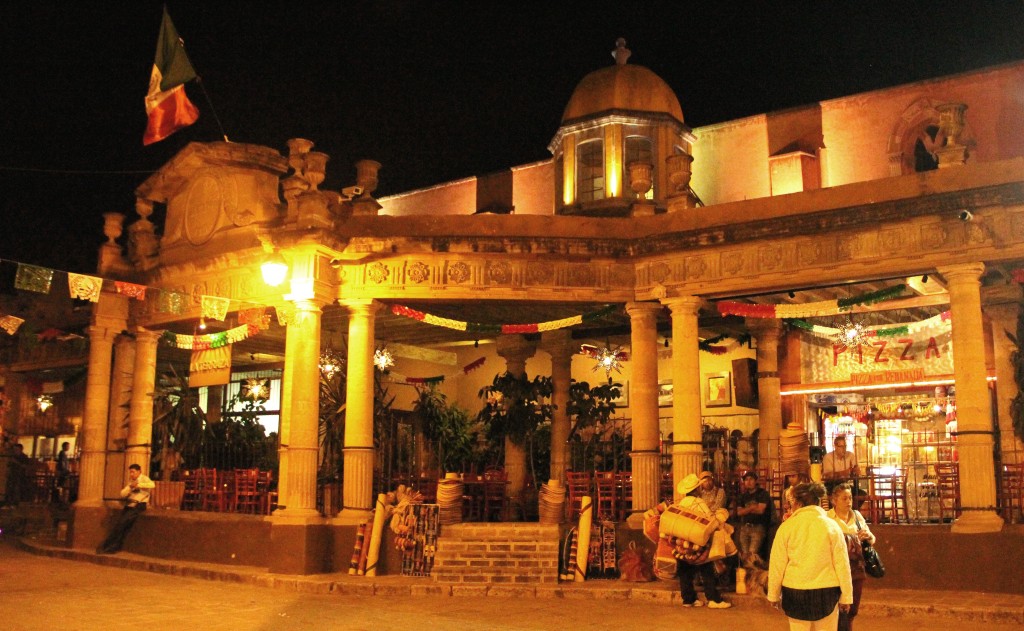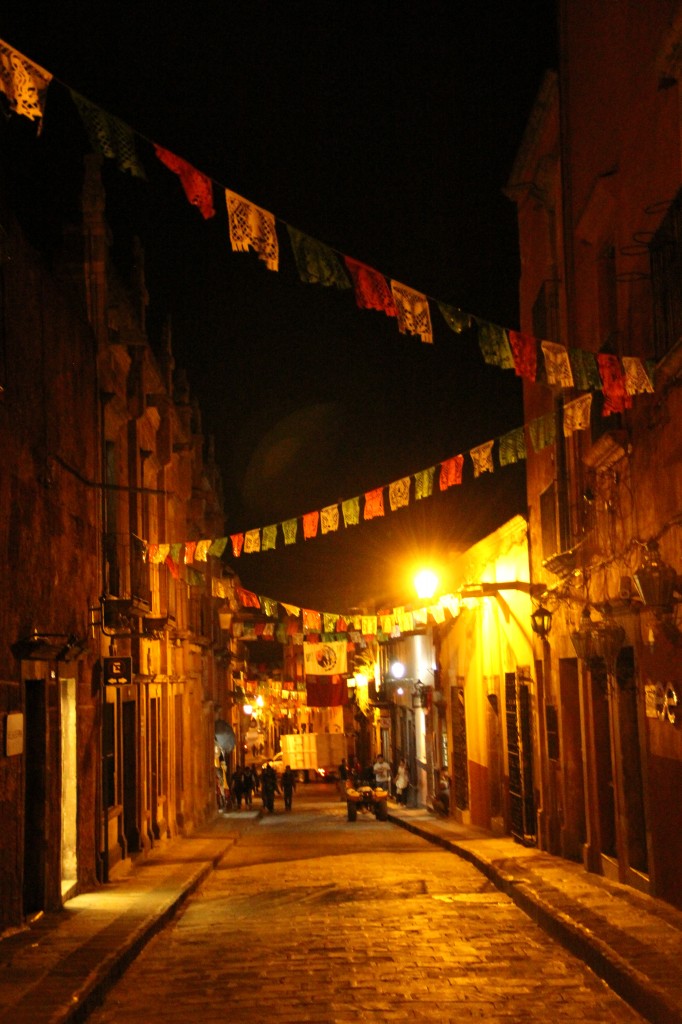Hello blogosphere! I might finally be ready to start making a comeback into this virtual territory of mine. And no, I don’t have any new wedding pictures to share yet… but I figured we could start catching up right where we left off before all the last minute wedding madness and honeymoon phase happily took over my life. So, as embarrassing as it is to admit that I’m this far behind on blogging, we pretty much left off with me sharing about my travels in Mexico, which happened 2 months ago already!! Geez, feels like it was forever ago.
You might remember I already shared with you my photos of lovely Pátzcuaro and gorgeous San Miguel de Allende, and today I bring you my photos of two very historically important towns in Mexico: Dolores Hidalgo and Querétaro . In the south of Mexico, not too far northwest of Mexico City there is something we call The Route of Independence, and Dolores Hidalgo is a key part of it. You see, back in 1810, when Mexico was still under Spain’s dominion, a war broke out to free Mexico from it, a war that lasted 11 years and ended with Mexico being proclaimed an independent and sovereign nation. That war is known in our history as the War of Independence and it officially broke out in Dolores Hidalgo, when a priest stood on the steps of his parish calling the town to raise in arms against injustice and oppression. The town followed his lead and they got on their way to nearby towns asking everyone to join in their cause, thus forming an improvised army that was headed to Mexico City to try to take over. Well, all those towns they visited on their way to the country’s capital is what we now call The Route of Independence.
Dolores Hidalgo is where the war officially begun, but Querétaro is as equally important in our history and to this war, even if it’s technically not part of the The Route of Independence. Querétaro is where the insurrection was planned, where all the meetings conspiring against the Spanish government were held for months, before that priest stood outside his parish calling the people to raise in arms. Besides the historic sites, Querétaro also happens to have one of the largest old aqueducts in the world. Another little fun fact, it’s the city that I always thought I would live in, at least all of high school I claimed I would live there when I grew up…that is how much I love it!
Now, I don’t know if it’s because I might be a tad emotional and sentimental, but visiting these historically significant places, standing by those walls and on those streets that have witnessed such important moments, I can’t help but to feel a certain connection to all that history. To add even more to that feeling, I happened to be visiting all those places on the exact weekend that we were celebrating the 203rd anniversary of the start of our War of Independence. And let me tell ya, it’s a powerful feeling to be reminded where I come from, where my roots lay, what my country has been thru.
Of course these towns are full of that well known Mexican folklore, full of colors, traditions, colonial architecture and monuments erected to commemorate our history’s heroes. I got to photograph some of that, and here are the results. I hope you enjoy them!

